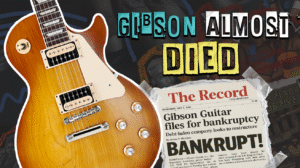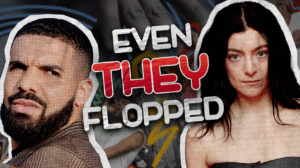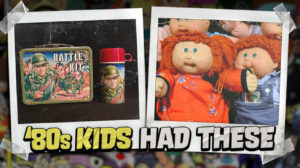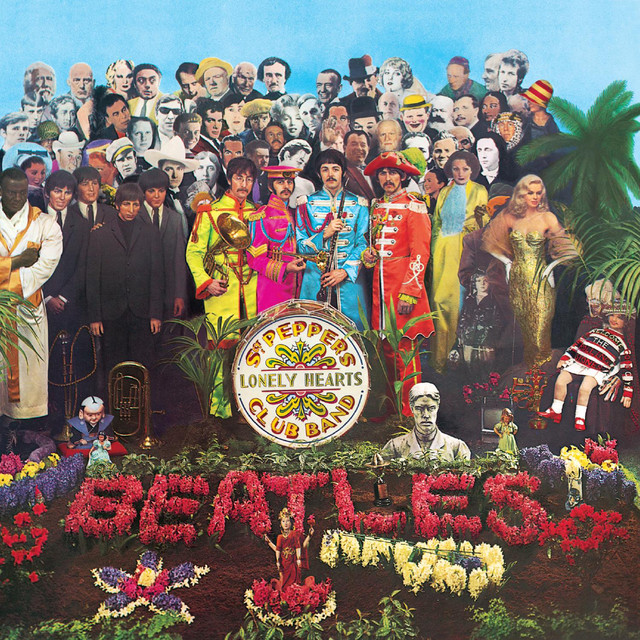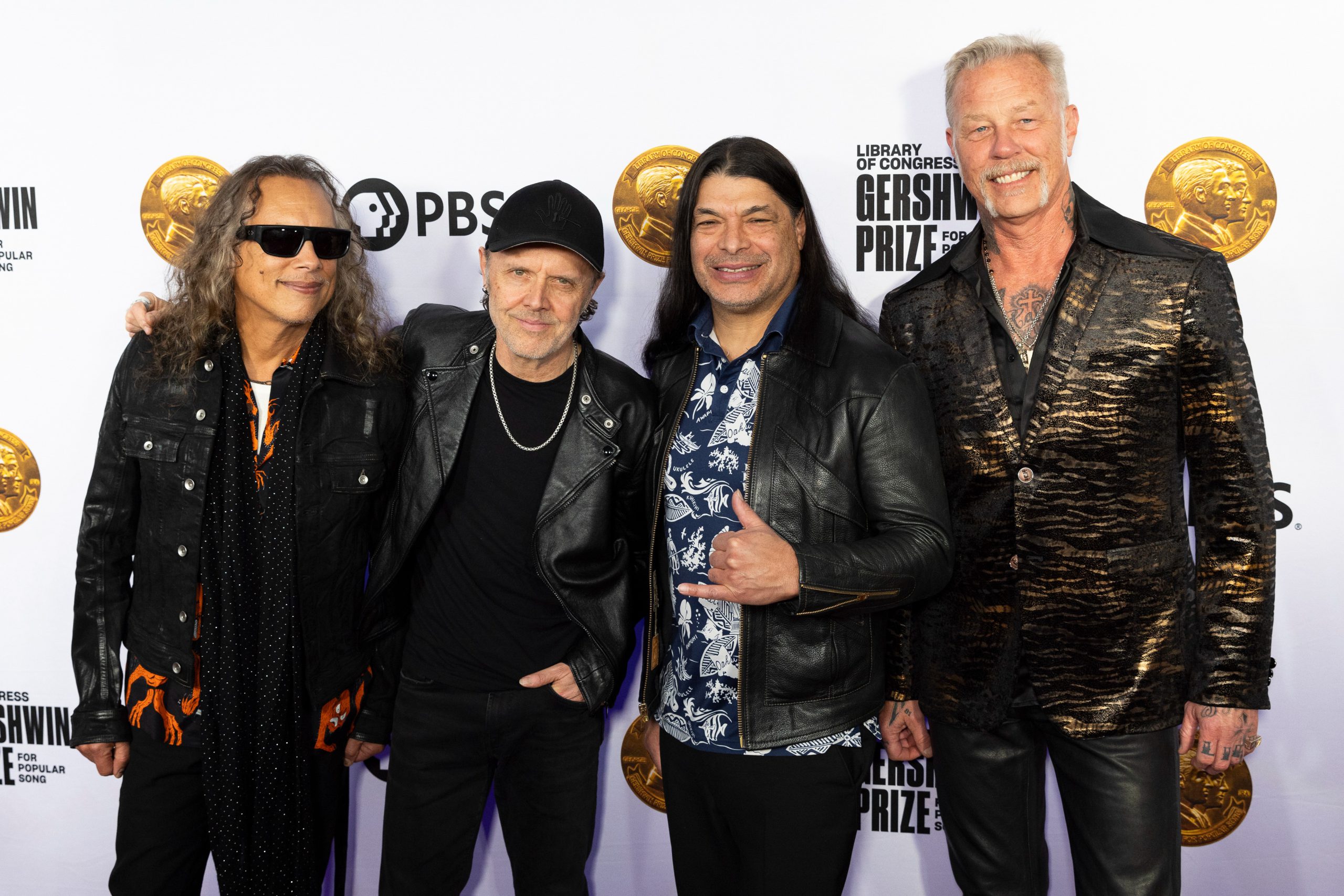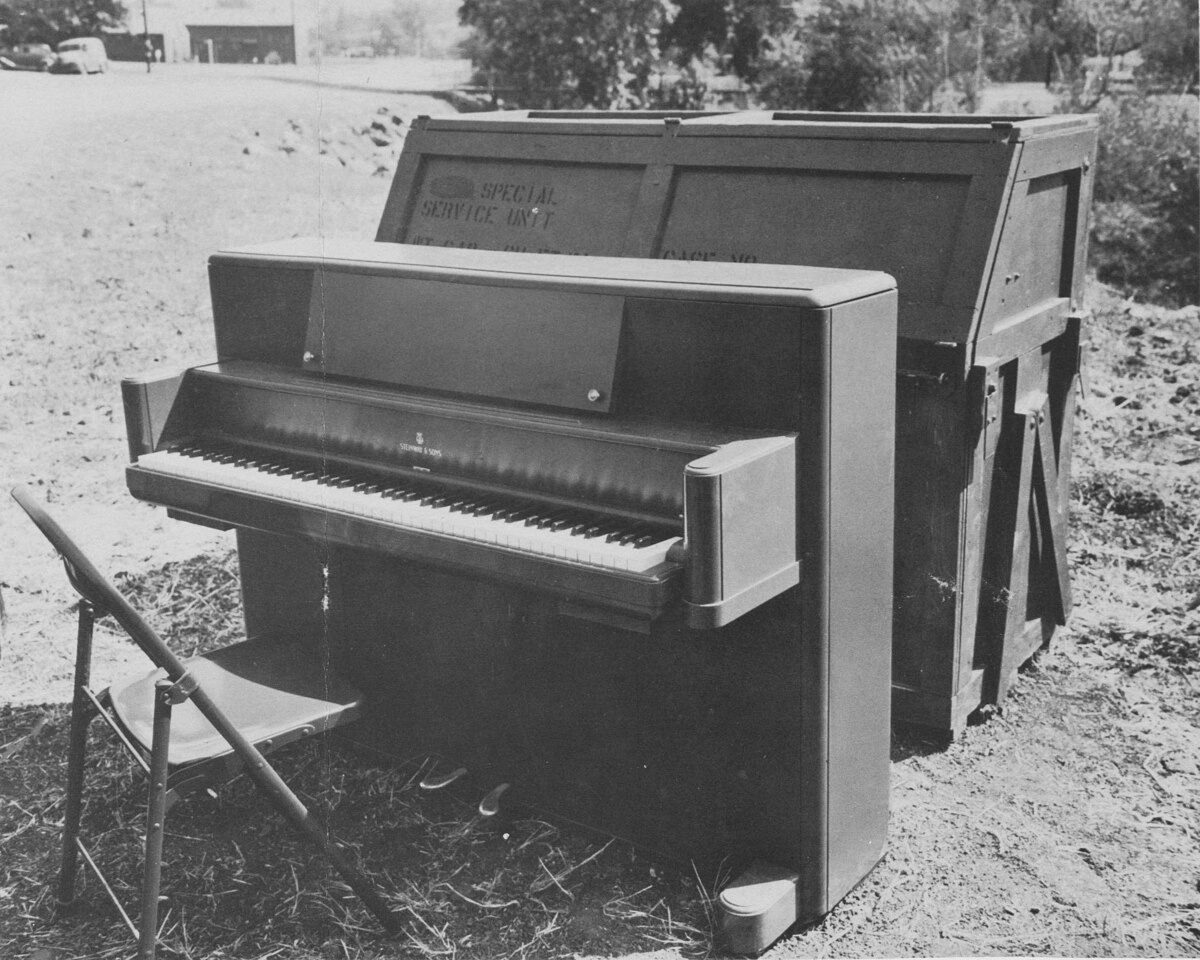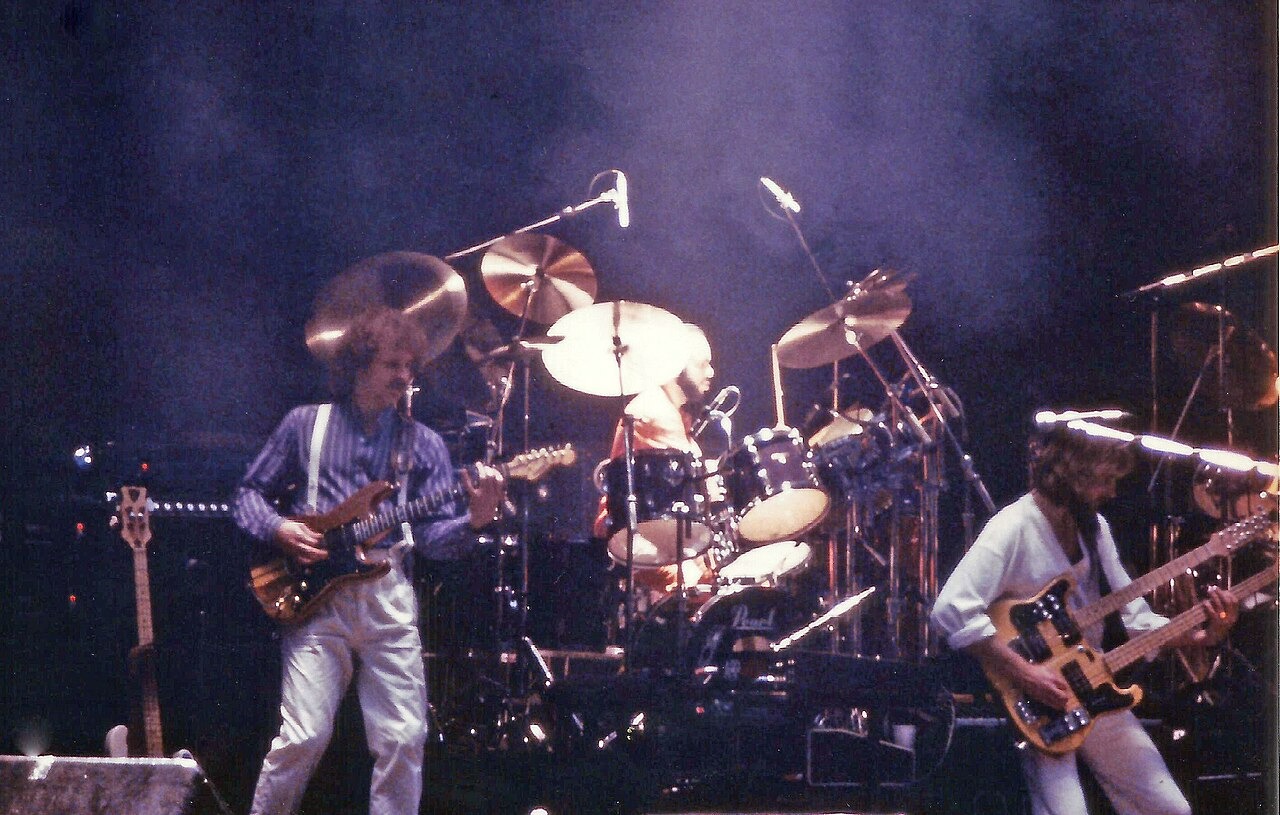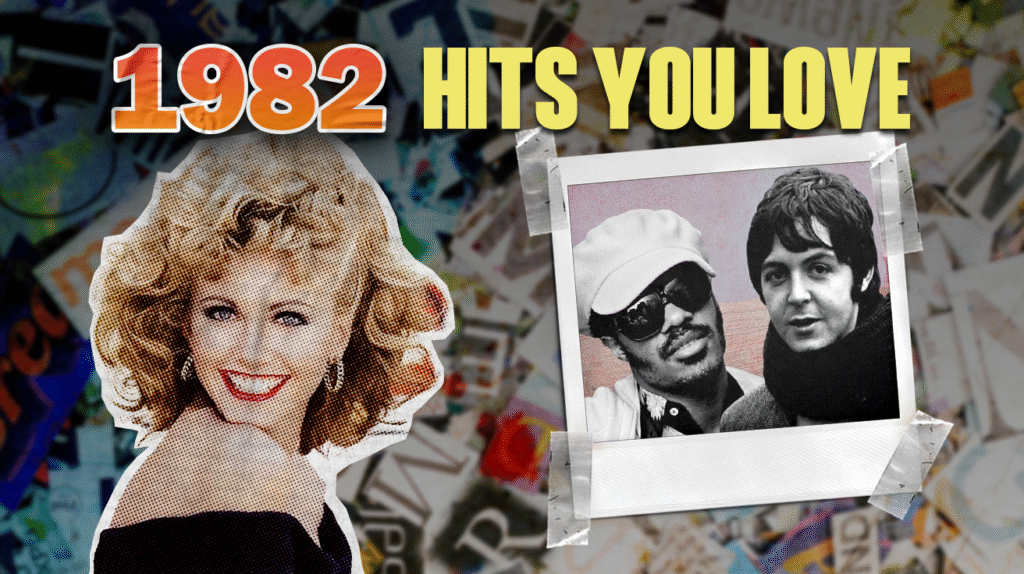
1982 crashed into music history, similar to how the T-Rex disrupted the garden party in Jurassic Park – with a thunderous impact and no apologies. While Reagan’s America played conservative dress-up, the charts staged a revolution where synth-pop merged with rock in the back of a beat-up tour van, while new wave and R&B exchanged meaningful glances across crowded clubs. The sonic offspring of these forbidden romances didn’t just shake up Billboard’s Hot 100 – they smashed the generational china cabinet, leaving the musical landscape forever transformed.
As experts from AllMusic and Billboard found out, the songs below didn’t merely define 1982 – they became battle cries for kids searching for identity amid Cold War anxiety and shopping mall uniformity. Each track represents the moment when creativity collided with technology, when drum machines and synthesizers were not just tools but weapons in the culture wars. The resulting hits weren’t accidents – they were manifestos disguised as pop songs, rewiring listeners’ brains one chorus at a time.
12. Jack and Diane – John Mellencamp
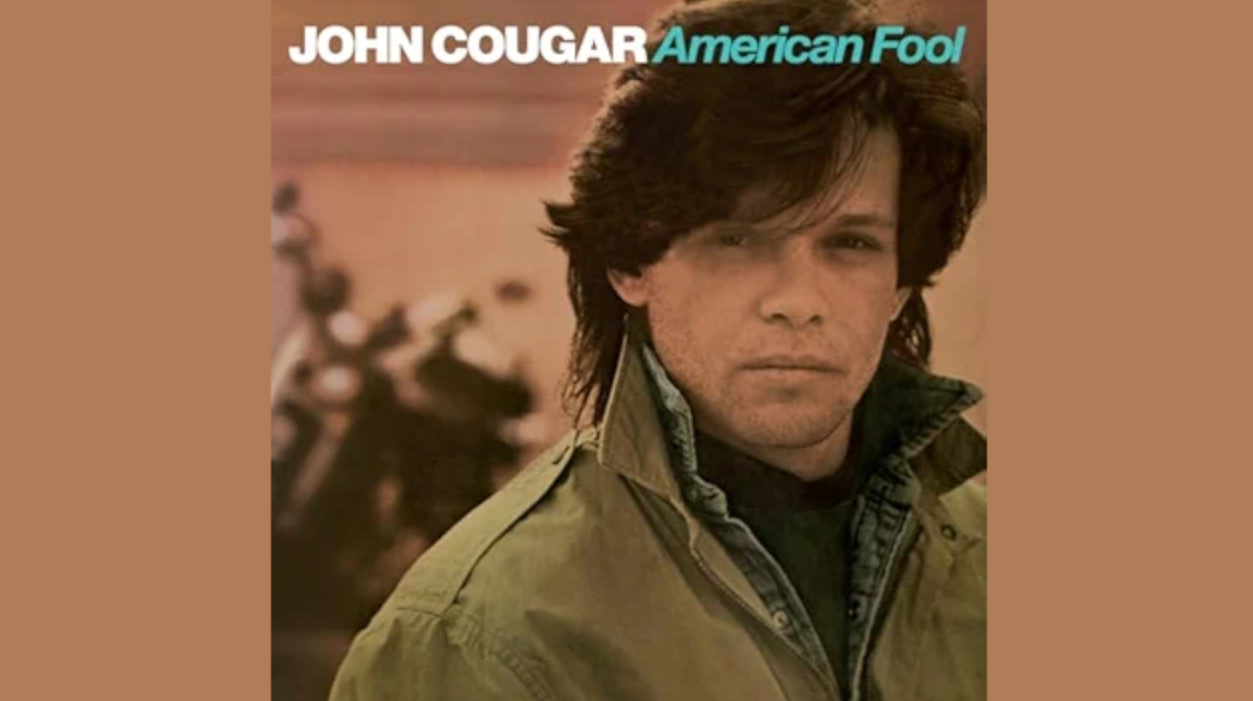
Released in July 1982, Mellencamp’s slice of Americana disguised itself as merely a catchy hit while secretly conducting deep anthropological research on small-town teenage existence. This musical documentary of heartland adolescence works similar to a great indie film – the specificity of two Indiana teenagers somehow makes it universally relatable, whether you grew up in a cornfield or a high-rise. The production’s most inspired element – that iconic handclap break that almost didn’t make the final cut – became the sonic equivalent of a cultural touchstone, as recognizable to Gen X as the Friends clap is to millennials.
The genius of the track isn’t its #1 Billboard position (achieved in October’ 82) but how it transforms mundane teenage moments into something approaching mythology. In Mellencamp’s hands, a Tastee Freez becomes as significant as Mount Olympus, and adolescent romance carries the weight of ancient epic poetry. His unflinching look at small-town limitations (“life goes on, long after the thrill of living is gone”) gives the song a melancholy undercurrent missing from most feel-good Americana. Four decades later, the song still connects because it accomplishes what great storytelling always does – it makes listeners feel both seen in their specificity and connected to something universal. Just as Mellencamp’s coming-of-age tale evokes heartland memories, these classic ’80s home features capture the spirit of the era in every living room and kitchen.
11. Up Where We Belong – Joe Cocker and Jennifer Warnes
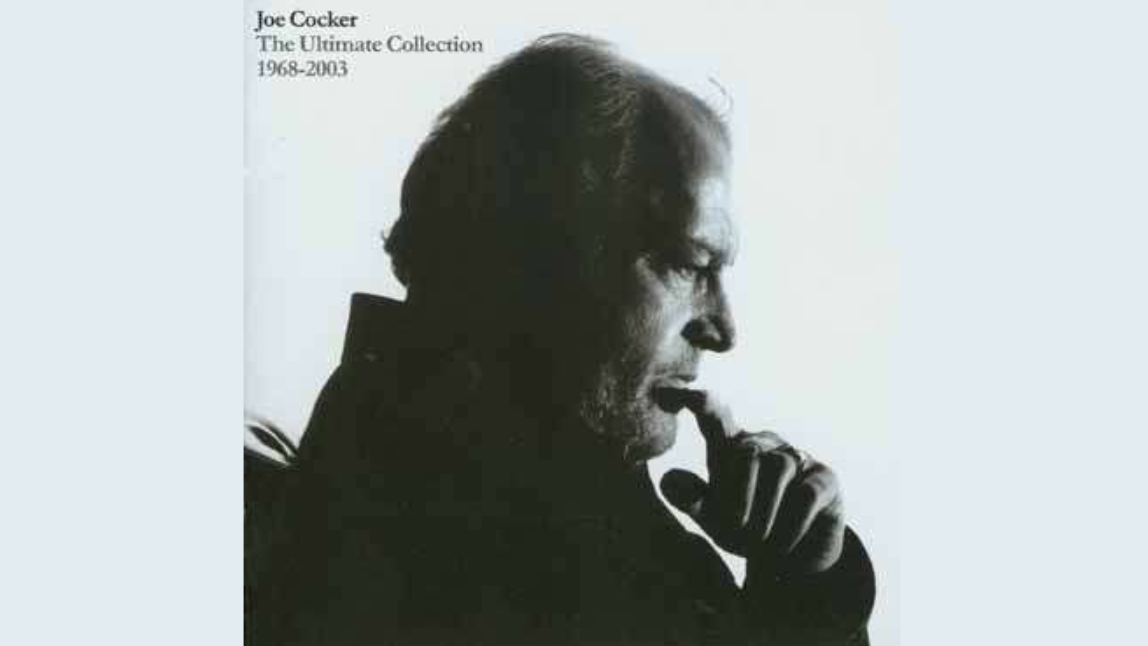
Nothing captured 1982’s contrasting musical impulses better than this July release that paired Cocker’s weathered, raspy vocals with Warnes’ pristine delivery in a sonic odd couple that worked better than anyone could have predicted. If voices could be physical objects, this duet would pair fine china with a well-worn leather jacket – improbably complementary despite their contradictions. This soundtrack gem from “An Officer and a Gentleman” operated similar to emotional napalm on listeners, obliterating cynicism and leaving nothing but raw feeling in its wake.
The industry took notice of this alchemy, sending the track to Billboard’s pinnacle by November and showering it with an Oscar and Grammy, establishing it as the ultimate movie power ballad template. Its success wasn’t just commercial but cultural – that final scene of Richard Gere in his naval whites sweeping Debra Winger off the factory floor became cinematic shorthand for romantic resolution. Writers Nitzsche, Sainte-Marie, and Jennings crafted something that transcended its origins as film accompaniment to become a standalone anthem of aspiration and triumph. Four decades later, its emotional effectiveness remains undiminished – still the first song many DJs play when they need to get couples onto wedding reception dance floors.
10. Hard to Say I’m Sorry – Chicago
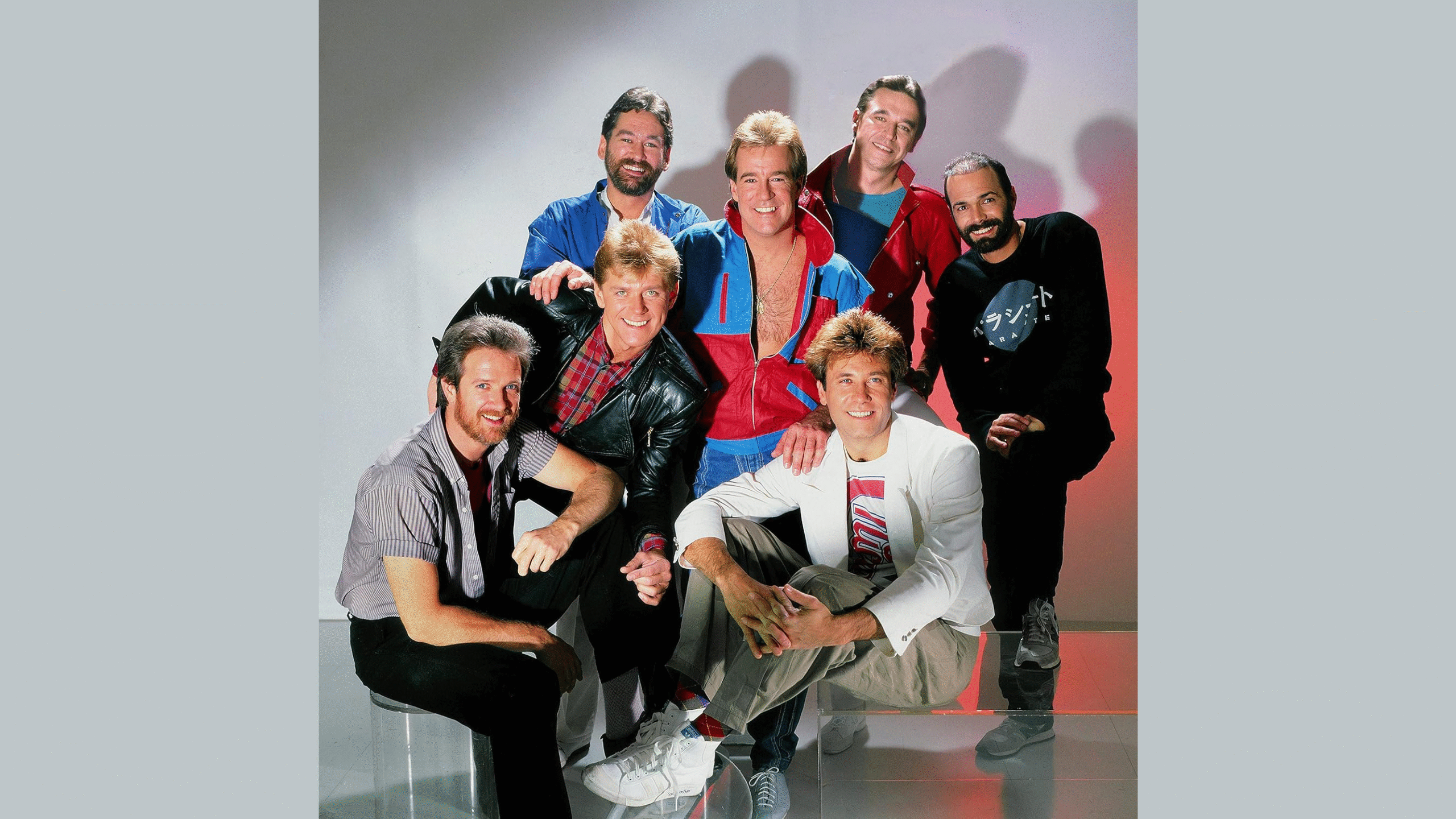
Released May 17, 1982, this track represents perhaps music’s most calculated mid-career pivot since Dylan went electric. Chicago, those horn-section heroes whose brass had gone commercially flat, emerged with this piano ballad that reads less as artistic evolution and more as survival instinct. Facing the commercial equivalent of an extinction-level event after more than a decade in the industry, they made the musical equivalent of ditching bell-bottoms for designer jeans. Peter Cetera and David Foster engineered this reinvention with surgical precision, stripping away the band’s signature horns faster than contestants shed pounds on extreme makeover shows.
The gamble paid dividends that would make Wall Street envious, sending the song straight to Billboard’s summit and essentially performing CPR on Chicago’s flatlined career. What makes this track fascinating isn’t its musical merit (it’s pleasant but hardly revolutionary) but what it represents – the moment when artistic integrity bowed to commercial reality. While purists mourned Chicago’s brass-heavy past, the band laughed all the way to cultural relevance, bridging the gap between their aging fan base and the MTV generation. Their willingness to adapt when most bands would have faded away demonstrates that sometimes the most rock ‘n’ roll move isn’t sticking to your guns – it’s knowing when to trade them in for synthesizers.
9. Don’t You Want Me – The Human League
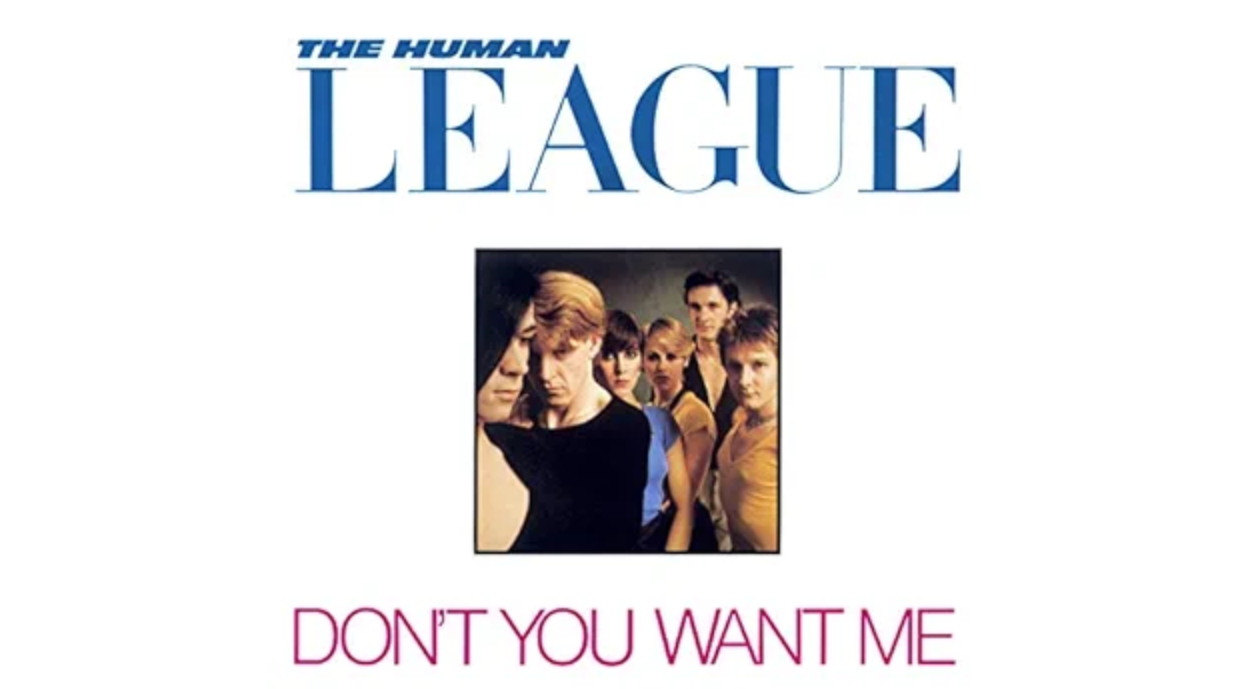
Nothing screams “1982” louder than this synth-pop classic, which operates like a melodramatic stage play condensed into a four-minute song. Released in late 1981 but finding its American audience in ’82, this track represents everything delicious about the era – synthesizers replacing guitars, drum machines making human percussionists nervous, and everyday people with questionable vocal skills becoming international pop stars. Phil Oakey thought the song would tank commercially, proving that artists are often the worst judges of their work.
The song’s true brilliance lies in its structure – a he-said/she-said relationship autopsy performed over relentlessly catchy electronic hooks. The male-female vocal interplay turned a simple breakup into a power struggle worthy of a Netflix limited series, while making synthesizers feel more emotionally expressive than traditional rock instruments. Its three-week reign at the top of Billboard’s summit in July 1982 wasn’t just chart success – it was the mainstream coronation of synth-pop, making bedroom producers with keyboards the new rock stars. Every moody electronic track with vocal drama that’s topped charts since – from The Weeknd to Billie Eilish – owes a debt to this accidental masterpiece that its creator didn’t believe in.
8. Eye of the Tiger – Survivor

Before Survivor’s “Eye of the Tiger” dropped in May 1982, motivational music consisted mainly of orchestral swells and corny fight songs. After it landed, the world would never again lack for workout playlists. When Sylvester Stallone commissioned the track for Rocky III after being denied Queen’s “Another One Bites the Dust,” he accidentally triggered the creation of something more powerful than even Freddie Mercury’s bassline – a sonic protein shake that’s been building muscle on eardrums for over four decades. The band wrote and recorded it faster than most people decide what to watch on Netflix, proving that sometimes pressure creates diamonds, not coal.
That instantly recognizable opening riff functions as universal shorthand for “get off your butt and conquer something.” The track’s six-week chokehold on Billboard’s #1 spot and Grammy win were just appetizers to its cultural main course – becoming the inescapable soundtrack to everything from Little League games to corporate retreats. What makes it endure isn’t production quality (it’s actually pretty basic) but its perfect distillation of American bootstrap mythology into three minutes of pure adrenaline. Whether you’re climbing the stairs of the Philadelphia Museum of Art or just dragging yourself to a Monday morning meeting, this song convinces you that triumph awaits – the ultimate audio placebo.
7. Abracadabra – Steve Miller Band
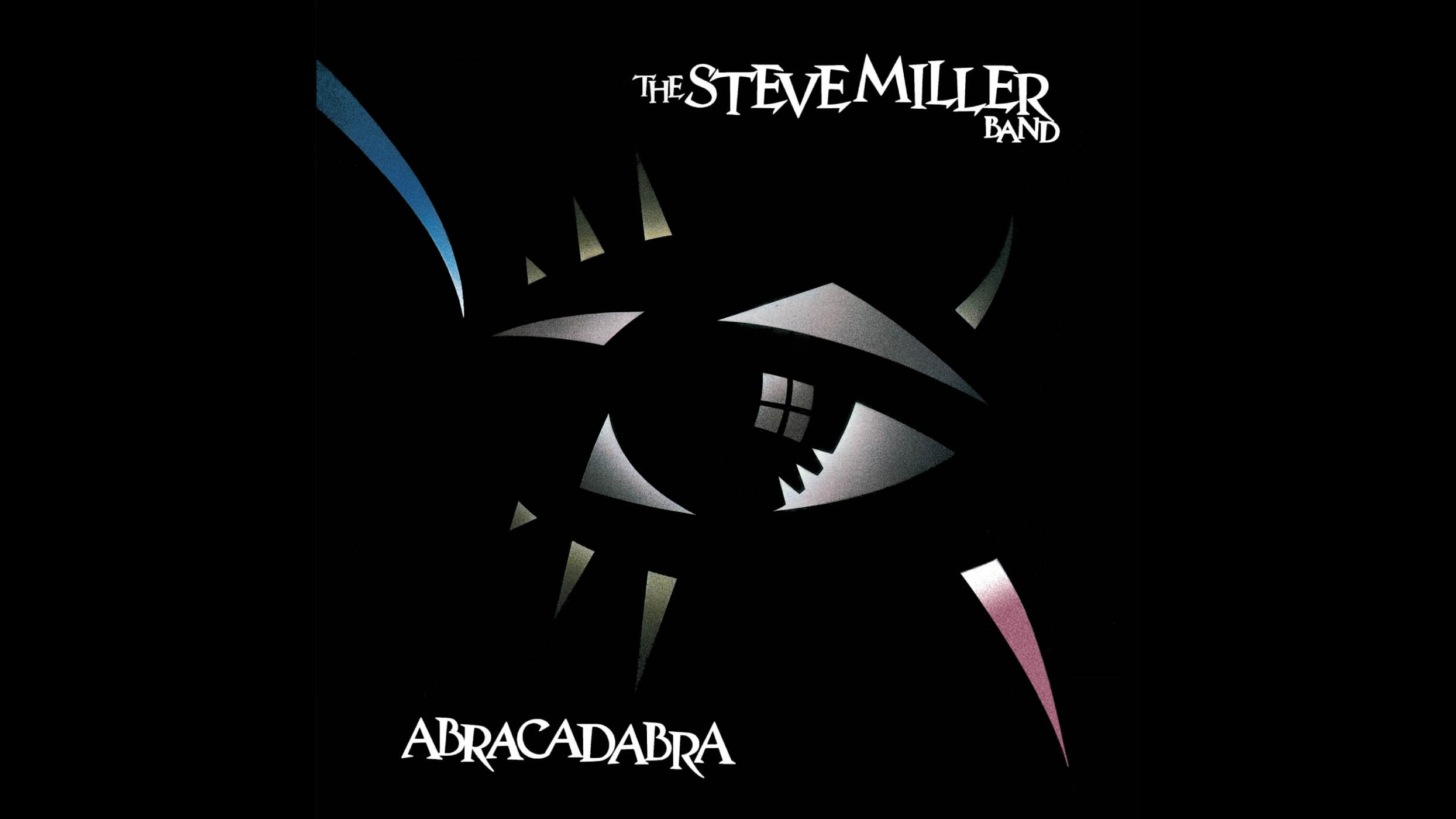
Released in May 1982, this track confused critics, much like the ending of “Inception” puzzled casual moviegoers – they knew they should have an opinion, but weren’t sure what it should be. The Steve Miller Band, previously known for “space cowboys” and “midnight tokers,” suddenly delivered this strange hybrid creature – part classic rock swagger, part synth-pop sheen – that mystified purists but delighted actual humans with functioning ears. This sonic bridge between eras created a perfect transition vehicle, allowing rock fans to dip their toes into electronic sounds without full commitment.
The track’s secret weapon wasn’t its somewhat nonsensical lyrics but its technological flexibility – it sounded equally at home on AOR radio stations and dance floors. This chameleon-like quality helped it capture Billboard’s top spot and achieve international success, significantly expanding Miller’s audience demographic beyond aging hippies to include younger listeners discovering his catalog backwards. Its continued relevance manifests in how contemporary producers still sample it, proving some hooks transcend their era through sheer catchiness. The song remains a testament to how artistic evolution doesn’t require abandoning your core identity – sometimes you can bring your established audience along for the ride into new territory.
6. Hurts So Good – John Cougar Mellencamp
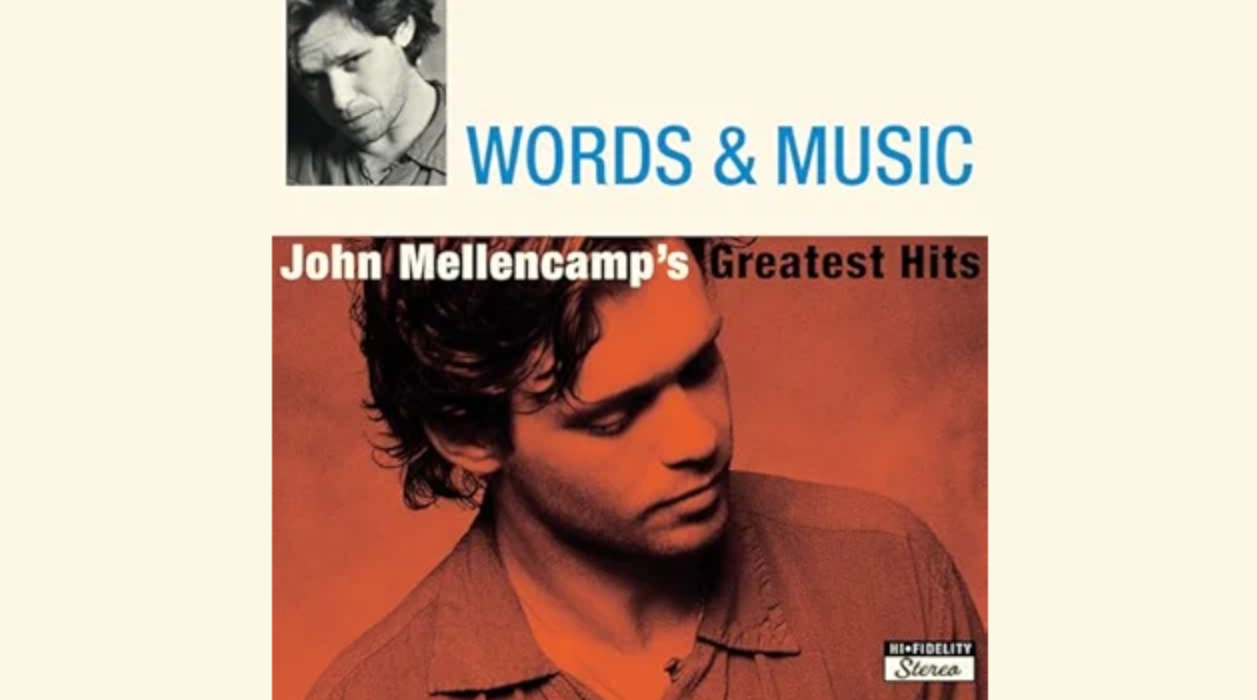
Before Taylor Swift documented every relationship hiccup in painstaking detail, there was Mellencamp crafting teenage lust and angst into poetic heartland anthems. Released in April 1982, this track harnessed adolescent yearning with the precision of a scientist isolating an element. Mellencamp’s raspy vocals – sounding like sandpaper being used to refinish vintage Midwest furniture – paired with that driving beat created the perfect soundtrack for teenagers making questionable decisions in Chevy backseats across America. The song’s brilliance lies not in its lyrical complexity but in its emotional authenticity – capturing how love and pain are often conjoined twins in adolescent experience.
The Grammy committee recognized what teenagers already knew, awarding Mellencamp the 1983 Best Male Rock Vocal Performance and cementing his artistic credibility beyond mere commercial success. The track’s 16-week marathon in Billboard’s Top 10 wasn’t just impressive – it was practically squatting. Together with “Jack and Diane,” this song helped carve out “heartland rock” as a legitimate genre – music that acknowledged blue-collar reality without romanticizing or patronizing it. Mellencamp understood that authentic working-class stories didn’t need polishing to resonate; they just needed someone brave enough to tell them with their grit intact, providing a roadmap for future artists to document their own regional truths.
5. I Love Rock and Roll – Joan Jett & The Blackhearts
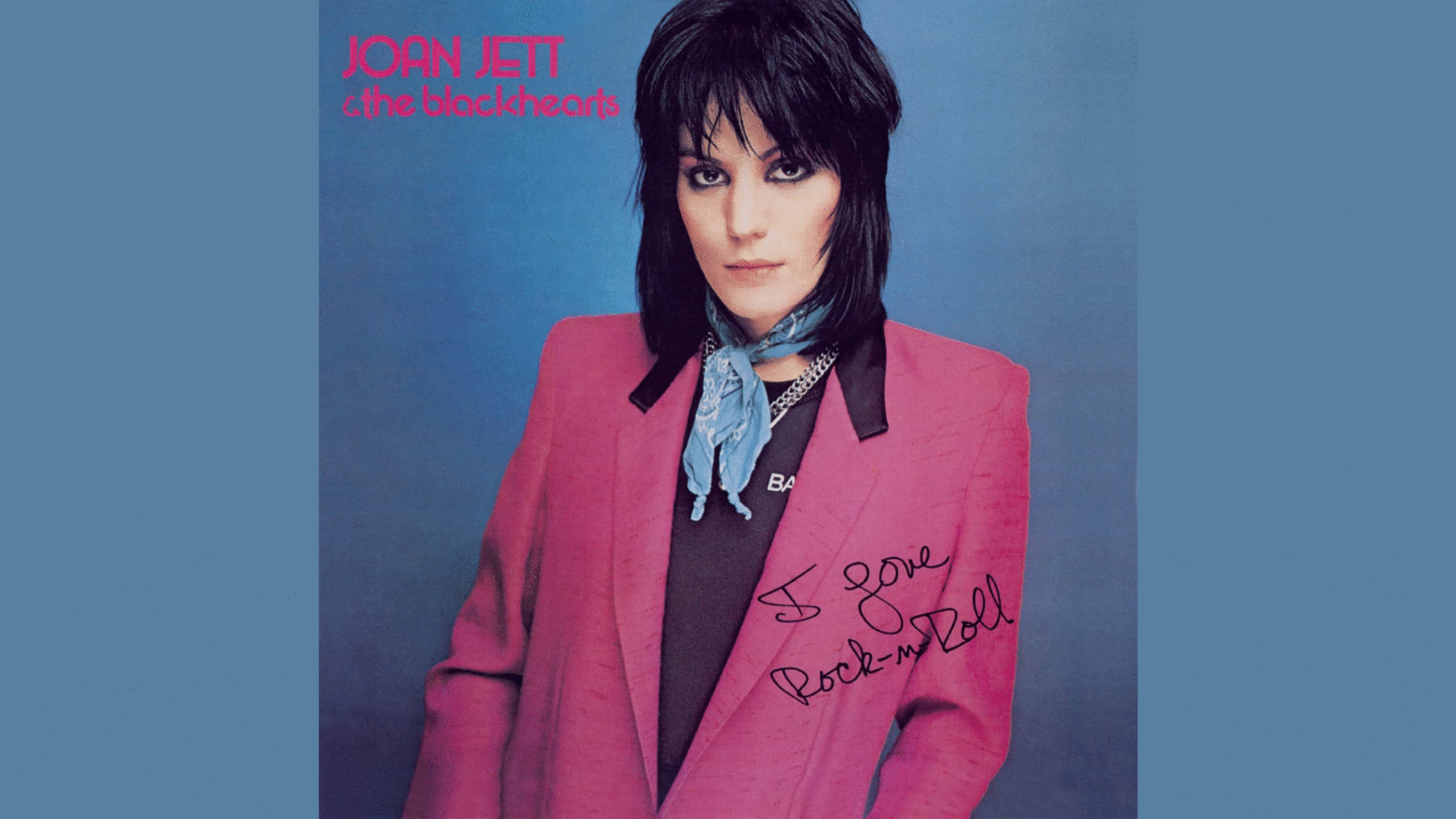
The Arrows’ 1975 original sat collecting dust until Joan Jett grabbed it by the throat in January 1982 and transformed it into a sledgehammer of feminist defiance. Ever notice how male rockers “cover” songs while women get accused of “stealing” them? Jett didn’t care about those distinctions – she was too busy reconstructing rock’s DNA with three chords and a sneer that makes Batman’s rogues gallery look friendly. The industry suits initially passed on the track, proving the music business has always been as clueless as the characters in “Don’t Look Up” trying to explain an extinction-level event.
Those seven consecutive weeks at Billboard’s summit weren’t just chart dominance – they were an occupation. Jett’s gritty vocals and commanding guitar work provided the blueprint for generations of women who wouldn’t politely request space in rock’s boys’ club, but instead kicked the door down. The song’s genius lies in its deceptive simplicity: it’s simultaneously a rock anthem, a feminist manifesto, and a middle finger to every gatekeeper who ever suggested women couldn’t handle amplified guitars. No wonder it’s outlasted most of its contemporaries – revolutions rarely have expiration dates.
4. Centerfold – The J. Geils Band
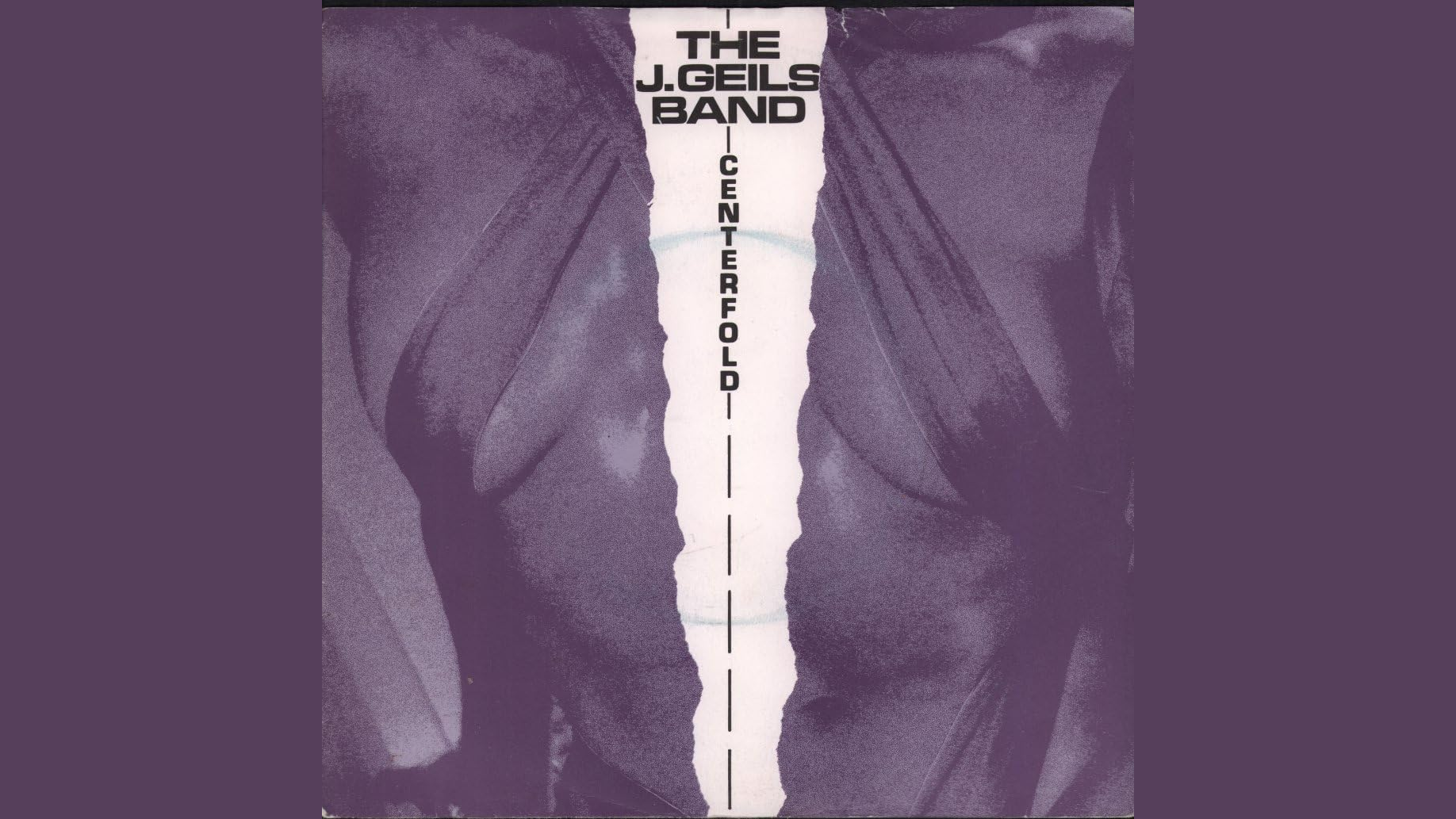
Nobody expected a bunch of blues-rock veterans to deliver 1982’s most perfect pop confection, yet here we are. After grinding it out since the ’60s in clubs that smelled of stale beer and broken dreams, The J. Geils Band suddenly found themselves with a number-one hit that occupied Billboard’s penthouse for six straight weeks. The song’s premise – man discovers high school crush in adult magazine – could have been creepy in less skilled hands, but instead became a sugar-rush of catchy hooks and playful energy that feels similar to finding exactly what you need in the last place you’d think to look.
The track’s genius isn’t its somewhat problematic narrative but its perfect musical architecture. In under four minutes, it delivers the dopamine hit modern TikTok creators spend careers chasing. This late-career breakthrough proves talent often requires patience – sometimes you need to make music for almost two decades before accidentally creating your masterpiece. The blend of pop accessibility, rock credibility, and new wave production created a unicorn of cross-demographic appeal. Four decades later, the song remains an earworm that burrows deep and refuses to leave.
3. Ebony and Ivory – Paul McCartney and Stevie Wonder
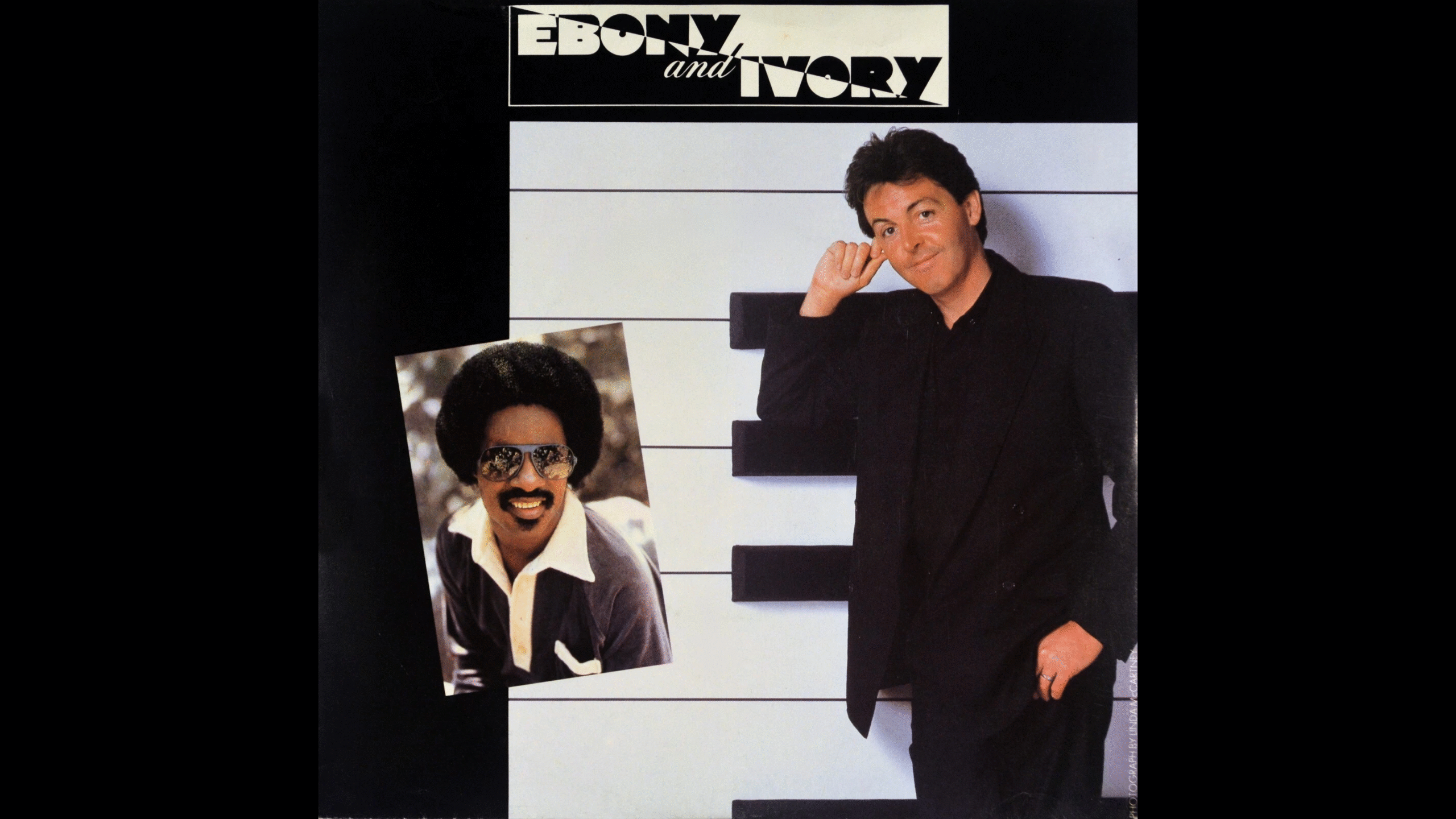
Imagine thinking racial harmony could be achieved through piano key metaphors and superstar duets. Welcome to 1982, when McCartney and Wonder dropped what might be history’s most well-intentioned yet painfully simplistic attempt at solving racism through pop music. Released March 29th, the collaboration resembles watching your parents try to explain complex social issues at Thanksgiving dinner – earnest but missing several layers of nuance. Despite its kindergarten-level lyrics, the track’s good intentions connected with audiences who kept it atop Billboard for seven straight weeks, proving America has always preferred its social commentary smooth, palatable, and unthreatening.
The collaboration itself embodied the message better than the lyrics did – two musical titans from different traditions coming together to create something that transcended their individual styles. Wonder’s soulful vocals added much-needed depth to McCartney’s somewhat saccharine approach. The track’s commercial dominance and cultural footprint showed how socially conscious music could achieve mainstream success without alienating middle America. While modern listeners might cringe at the simplistic metaphor, it represents an essential milestone in pop music’s engagement with social issues – the awkward first date before more sophisticated relationships between music and activism could develop.
2. Physical – Olivia Newton-John
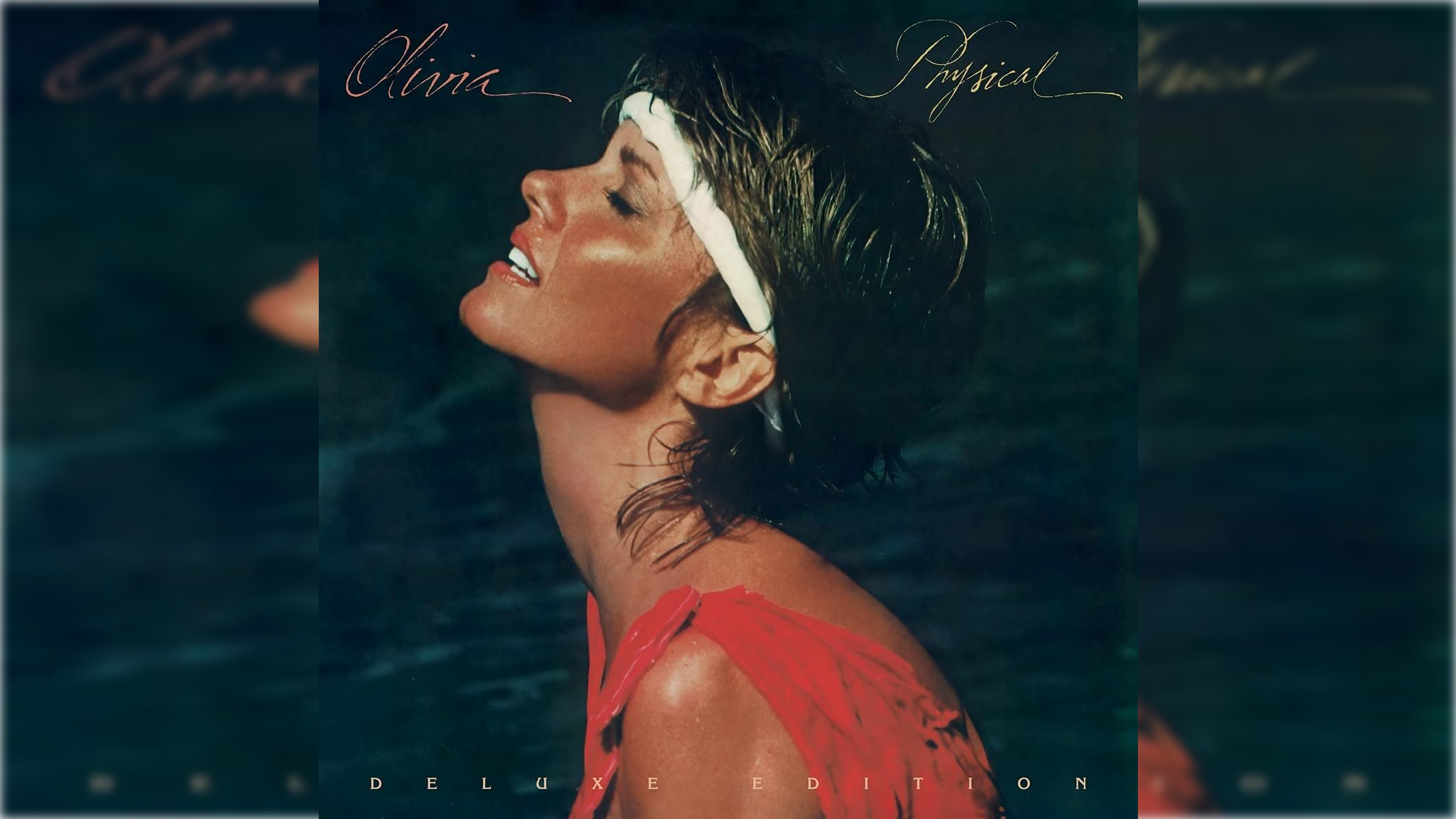
Forget what revisionist historians might tell you – Newton-John’s transformation from “Hopelessly Devoted” sweetheart to spandex-clad temptress wasn’t just a rebrand, it was a feminist insurrection disguised as an exercise anthem. This track dominated Billboard’s year-end chart with the ruthless efficiency of an aerobics instructor counting down your final ten squats. Released like a perfectly timed Molotov cocktail into late 1981, it continued burning through 1982, scorching the charts for ten straight weeks.
The genius lay in its Trojan horse strategy – packaging female sexual agency inside a workout metaphor that Middle America could justify playing at full volume. The accompanying video, with Newton-John commanding a room of out-of-shape men, flipped the male gaze on its head while MTV played it on endless rotation. When parents asked about the suggestive lyrics, teens could innocently point to their Jane Fonda workout tapes. The strategy worked: a song about sexual hunger became the soundtrack to suburban exercise rooms, proving subversion works best when wrapped in neon legwarmers.
1. Rosanna – Toto
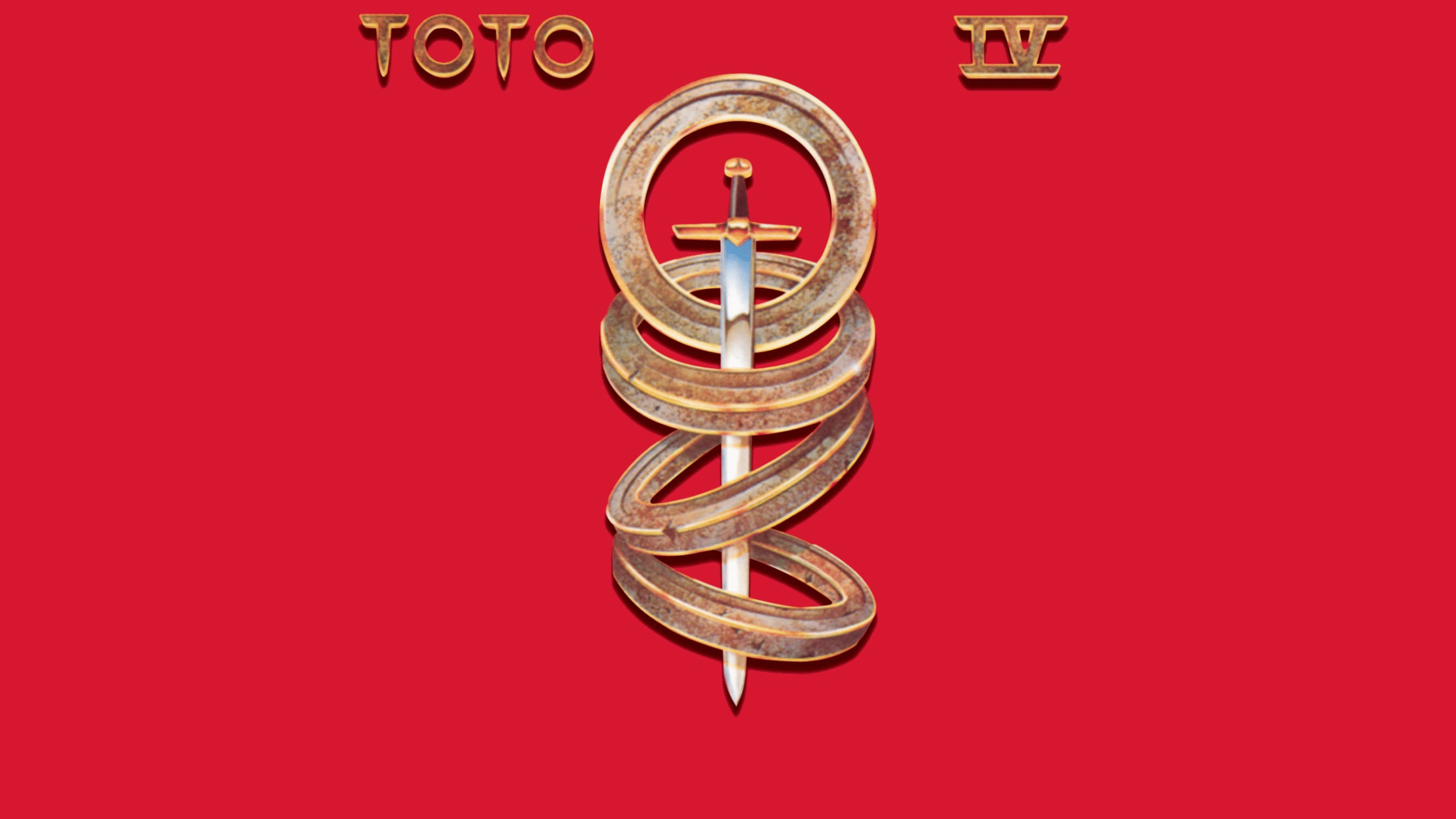
When session musicians decide to form their band, the result is either bland technical exercises or something transcendent. With “Rosanna,” released in early 1982, Toto delivered the sonic equivalent of master chefs cooking for themselves, rather than for restaurant patrons. This track operates similarly to a stealth missile disguised as a pop song – its superficial catchiness masks musicianship so sophisticated that music theory professors still dissect it forty years later. The centerpiece? Jeff Porcaro’s “half-time shuffle” drum pattern – a rhythmic Rubik’s cube that countless drummers have attempted to solve in bedrooms and basements worldwide.
The song’s commercial success, peaking at #2 on the Billboard chart, and multiple Grammy wins, including Record of the Year, proved that musical complexity doesn’t need to alienate mainstream audiences when appropriately packaged. What makes “Rosanna” endure isn’t the supposed connection to actress Rosanna Arquette but its perfect balance of technical virtuosity and emotional accessibility – academic-level musicianship that still makes people dance at wedding receptions. These session pros, who’d played anonymously on countless hits, finally got to display their own musical personalities without compromise. The result stands as perhaps the most sophisticated song ever to receive heavy rotation on both pop radio and in music school classrooms. That said, the songs listed above are just a handful of the pop culture moments that made the year so unforgettable—dive deeper into forgotten pop treasures from the 1980s to rediscover more nostalgia you may have missed.




